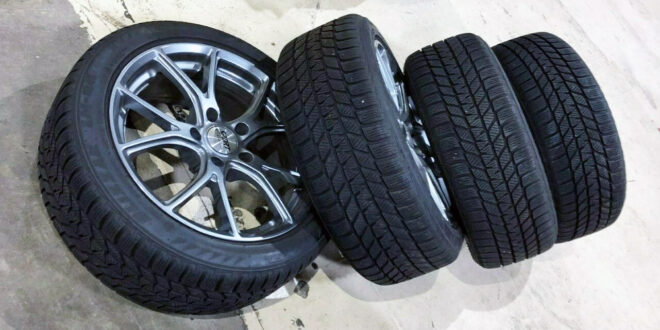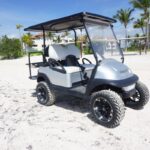Many drivers are on the fence when it comes to using used tires in winter, with conflicting opinions circulating about their safety and effectiveness. In this myth-busting guide, we are here to shed light on the truth about this contentious topic.
From concerns about traction and performance to the risks of wear and tear, we will delve into the key factors to consider before making a decision on using used tires during the winter months. By debunking common myths and providing valuable insights, we aim to help you make an informed choice when it comes to your vehicles tires in cold and icy conditions.
Introduction to Using Used Tires in Winter

When it comes to navigating the treacherous roads of winter, the right tires can make all the difference. Many drivers are turning to used tires as a more budget-friendly option, but there are concerns about their effectiveness and safety.
In this myth-busting guide, we will delve into the truth about using used tires in winter. From debunking common myths to exploring the benefits and drawbacks, we will provide you with the information you need to make an informed decision.
Whether youre a seasoned driver or a newcomer to the winter roads, understanding the ins and outs of using used tires during the cold season is essential.
Common Myths About Using Used Tires in Winter Debunked
 There are several common myths surrounding the use of used tires in winter that need to be debunked.
There are several common myths surrounding the use of used tires in winter that need to be debunked.
One prevalent misconception is that used tires are no longer safe to use in cold weather conditions because they have less tread depth. However, the truth is that as long as the tires are properly inspected and have adequate tread depth remaining, they can still provide good traction on icy or snowy roads. Another myth is that used tires are more likely to fail in winter compared to new tires.
In reality, the condition of the tire and how well it has been maintained is a more important factor in determining its reliability during the winter months. Ultimately, with proper care and maintenance, used tires can be a cost-effective and safe option for winter driving.
Benefits and Drawbacks of Using Used Tires in Winter
 When considering the benefits and drawbacks of using used tires in winter, there are several factors to take into account.
When considering the benefits and drawbacks of using used tires in winter, there are several factors to take into account.
On the one hand, used tires can be a more budget-friendly option compared to buying brand new tires. This cost-saving measure can be particularly appealing for those on a tight budget.
Additionally, used tires can still provide adequate traction and grip in winter weather conditions, making them a practical choice for some drivers. However, there are drawbacks to using used tires in winter as well.
One major concern is the uncertainty of the tires history, including how well it was maintained and its overall condition. This lack of information can pose a safety risk, as worn-out tires may not perform as effectively in snowy or icy conditions.
Its important to weigh the pros and cons carefully before deciding whether to use used tires in winter.
Conclusion
In conclusion, using used tires in winter may be a cost-effective option for some drivers, but it is important to consider the risks and limitations associated with older tires. While some myths may suggest otherwise, it is crucial to prioritize safety on the road by investing in high-quality, properly maintained tires.
Auto recyclers Niagara can provide a sustainable solution for disposing of old tires and reducing environmental impact. By staying informed and making informed decisions, drivers can confidently navigate the winter months with peace of mind.
Ultimately, when it comes to tire safety, it is better to err on the side of caution and prioritize the well-being of both yourself and others on the road.
 Howl Movie
Howl Movie




